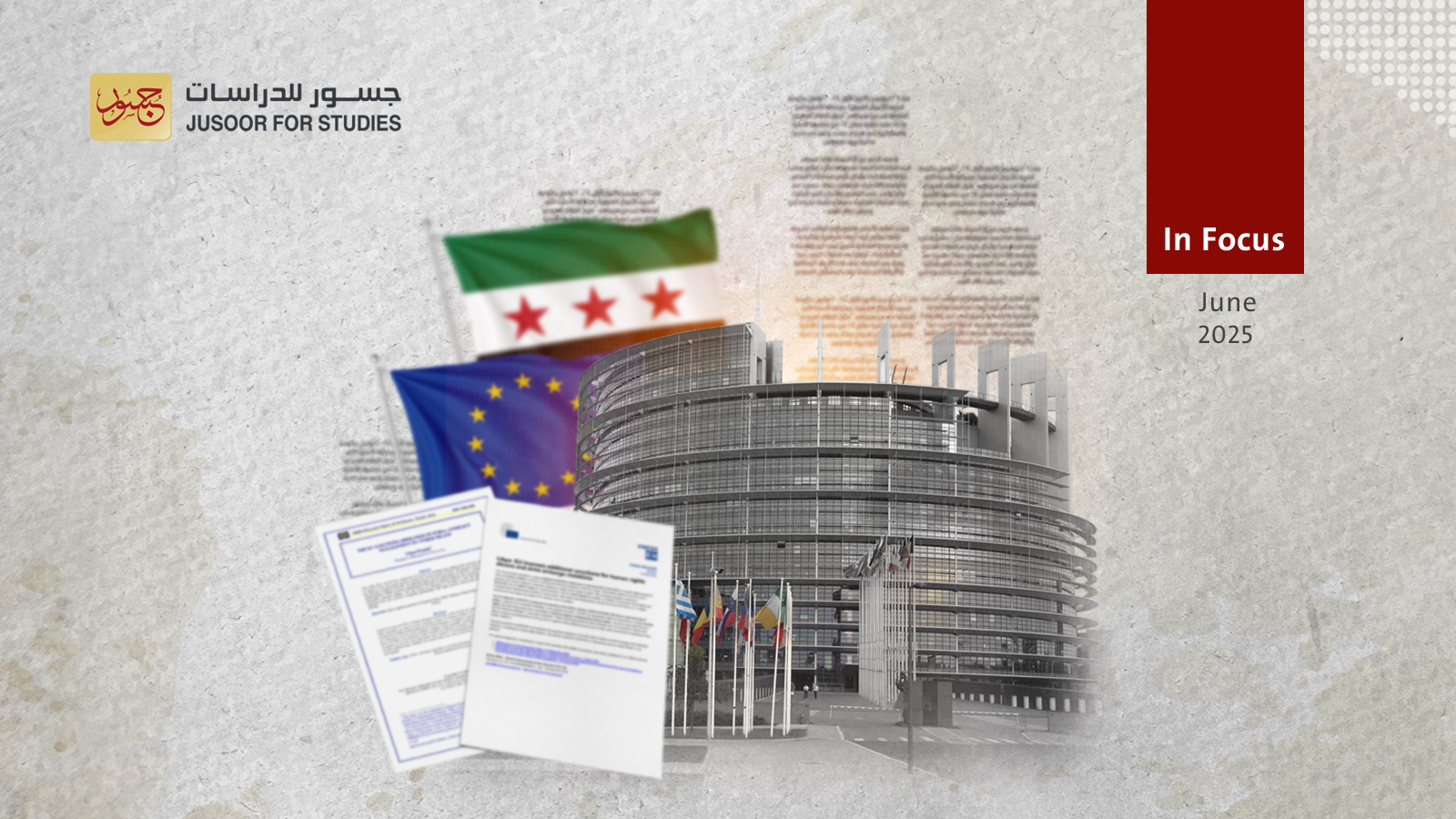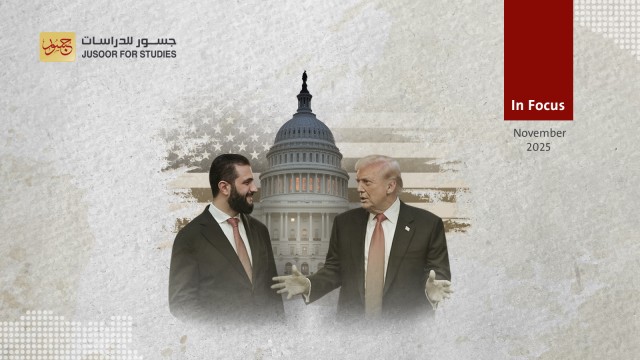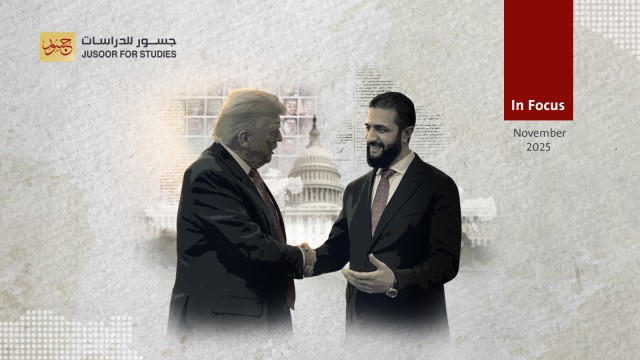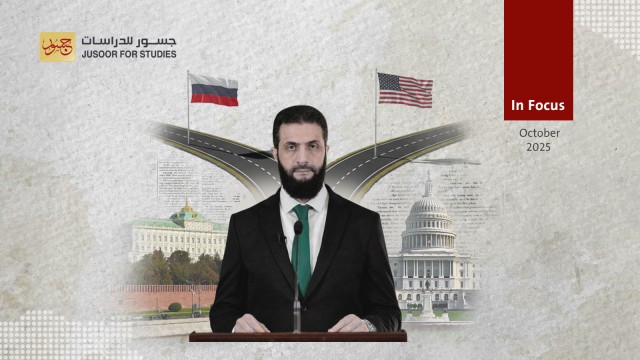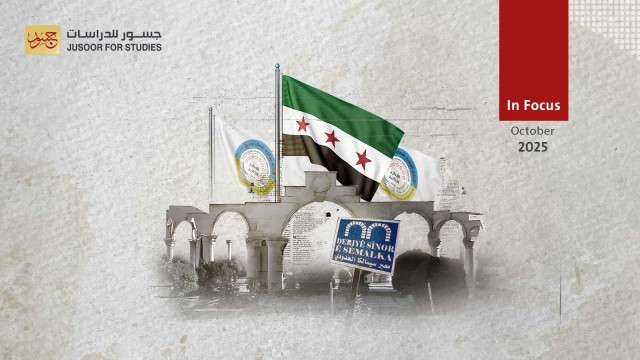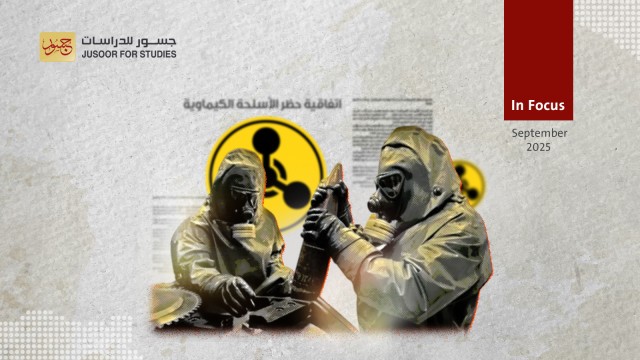Europe’s Suspect Sanctions over Coastal Killings
The European Council has added two Syrian individuals and three armed groups to the European Union’s sanctions list over the bout of killings in the coastal region in March, pre-empting the release of findings by the Syrian commission of inquiry into the violence.
The groups and people added to the EU’s register of “restrictive measures against serious human rights violations and abuses” list were the Sultan Sulaiman Shah Brigade and its founder Muhammad Hussein Al-Jasim or Abu Amsha; the Hamza Division and its commander Sayf Boulad or Abu Bakr, and the Sultan Murad Division.
They were ostensibly included on the list over their involvement in acts of violence against civilians, particularly members of the Alawite sect, in the country’s northwestern coastal region.
There were several contradictions around the Council’s decision, issued on May 28. In terms of timing, the report both preempts the results of the Syrian government’s commission of inquiry. It also coincided with international decisions to lift sanctions on Syria.
Furthermore, the groups named in the report had already been dissolved by the time of the killings on the coast, under decisions issued at the Victory Conference on January 29, 2025, weeks after the toppling of the Assad regime. Finally, the report’s descriptions of the individuals concerned avoids any mention of the leadership positions they subsequently took up in the army set up by the new Syrian government’s Ministry of Defense.
These contradictions reflect a division among EU member states regarding the timing and wording of the decision. Such divisions are not new. Greece and Cyprus, along with France, take a different line to other European powers on the ongoing political transition in Syria.
Athens and Nicosia are keen to preserve their interests in undersea gas fields in the eastern Mediterranean and to demarcate maritime borders that ensure these interests. They are also seeking to pressure the new Syrian government to limit Türkiye’s influence in the country, given their long-running disputes with Ankara over maritime borders, the status of Cyprus itself, and Greece’s dispute with Türkiye over certain islands in the Aegean Sea.
France, for its part, appears to be motivated by the rolling back of its influence and colonial legacy in both Syria and Lebanon, compared to growing American influence there—as well as by Washington’s tendency to prevent other powers, particularly France, playing the minority card in the region.
The European Council’s decision also followed U.S. President Donald Trump’s tour of the Gulf, which included a meeting with his Syrian counterpart Ahmed al-Sharaa in Riyadh, a decision to lift U.S. sanctions on Syria, and the arrival of the U.S. envoy to Damascus. This latter point adds yet another dilemma for France; the envoy, Tom Barrack, also serves as U.S. ambassador to Türkiye, reinforcing France’s fears that U.S.-Turkish interests could converge in Syria and see France’s role recede still further in the face of greater U.S., Arab and Turkish influence.
In this context, the European Council’s decision can be seen as a political move, not based on evidence or investigations into the accusations, but rather under pressure from countries with their own vested interests. That said, it did not fully achieve its intended purpose. The decision avoided any reference to the responsibility of government forces and public security agencies, as well as avoiding mentioning the positions held by the two men within the new Syrian army. This demonstrates the keenness of other European countries to ensure that the decision does not negatively impact the rebuilding of the Syrian army and security services, or lead to the imposition of further sanctions against them.
Ultimately, the EU decision was not backed up by evidence. If the EU has such evidence, it should provide it to the Syrian commission of inquiry and organize direct meetings between investigators from both—if they exist—to verify the evidence.

